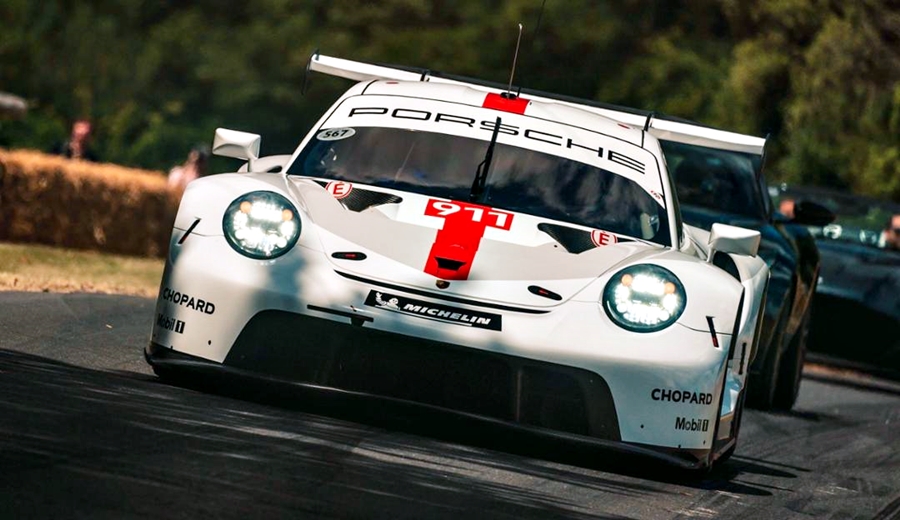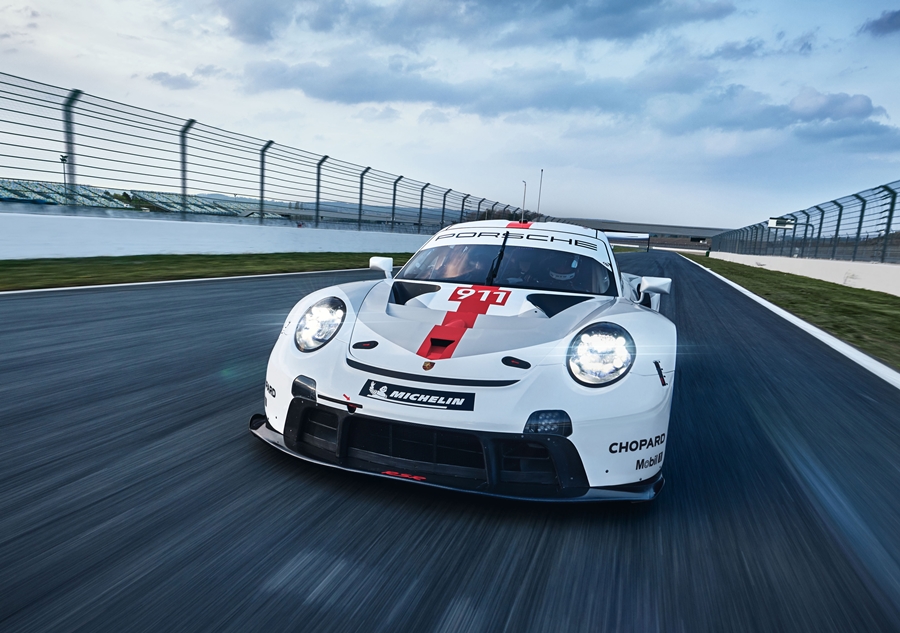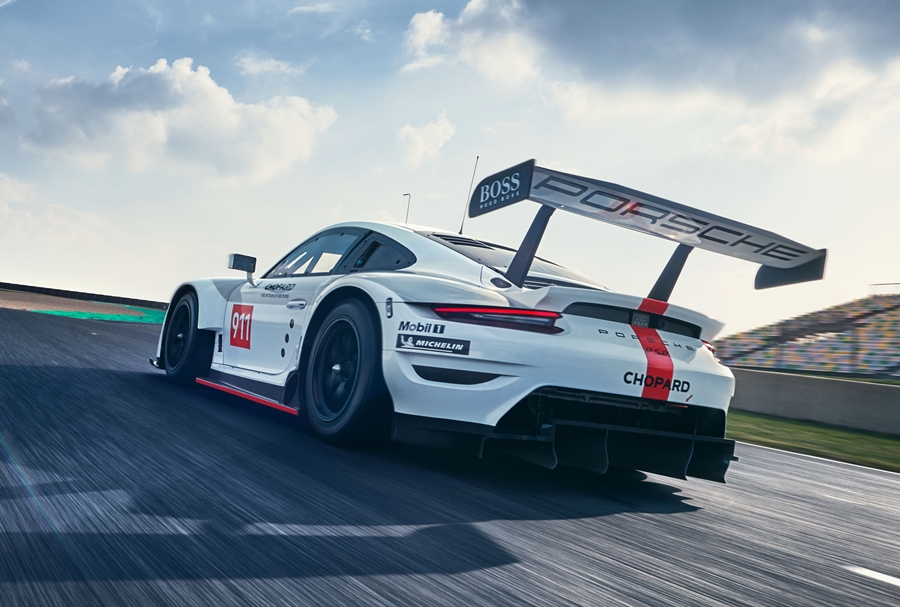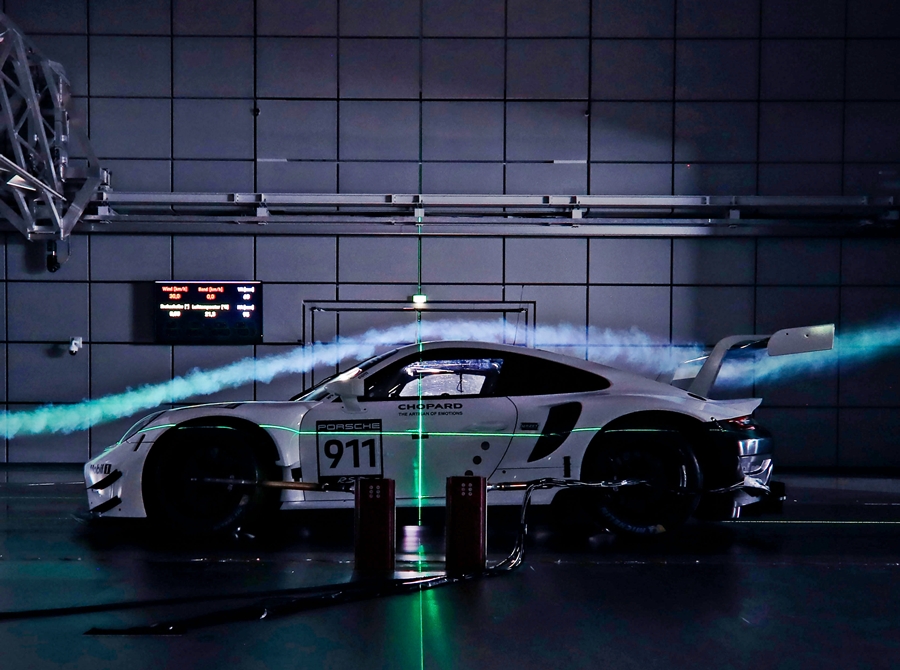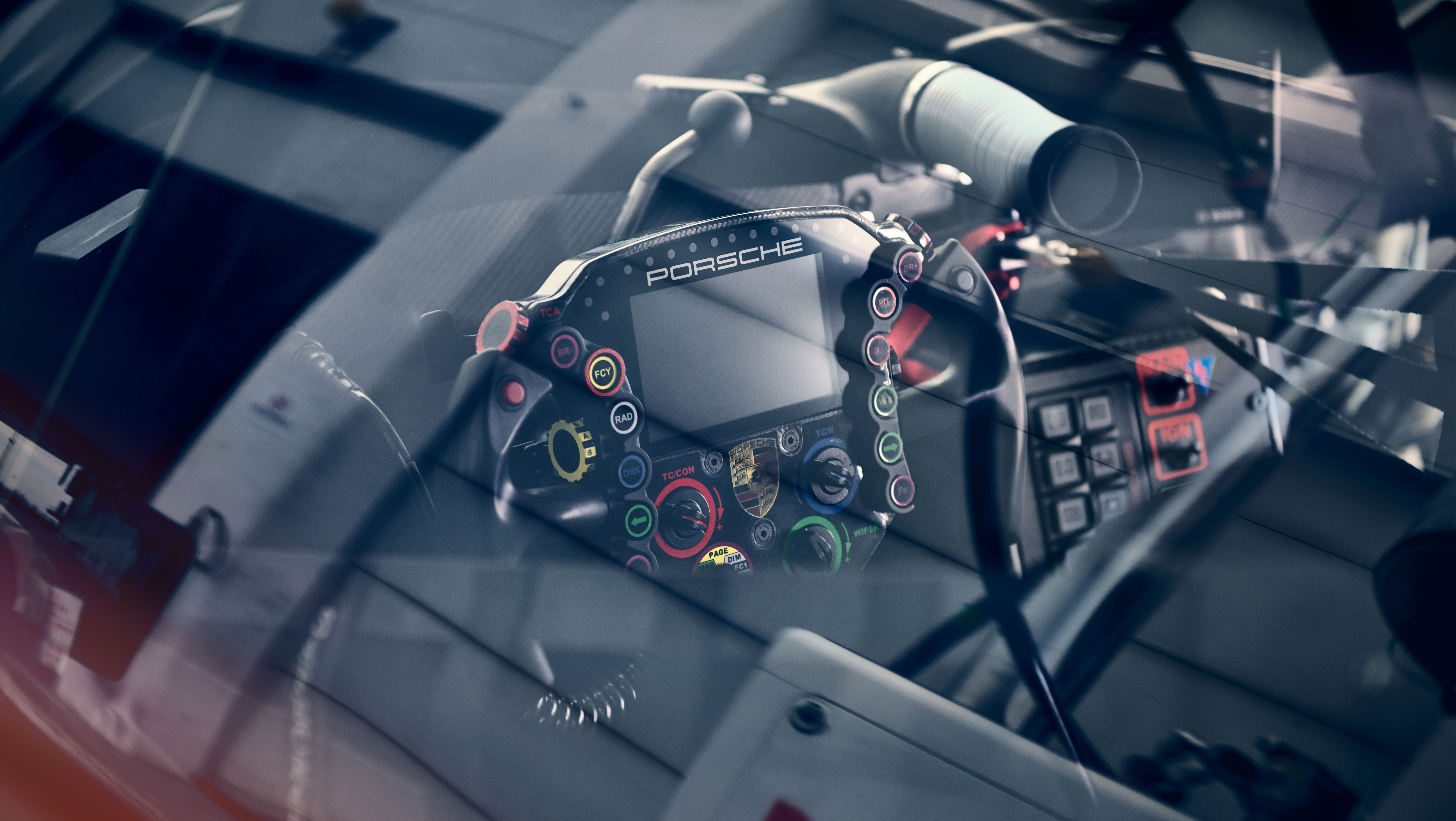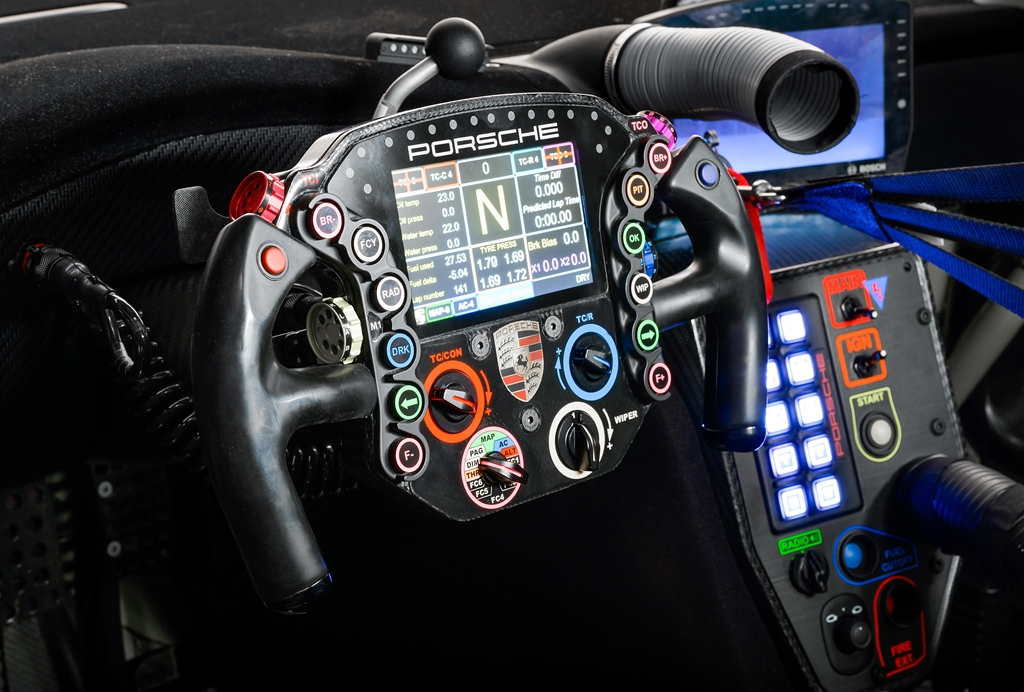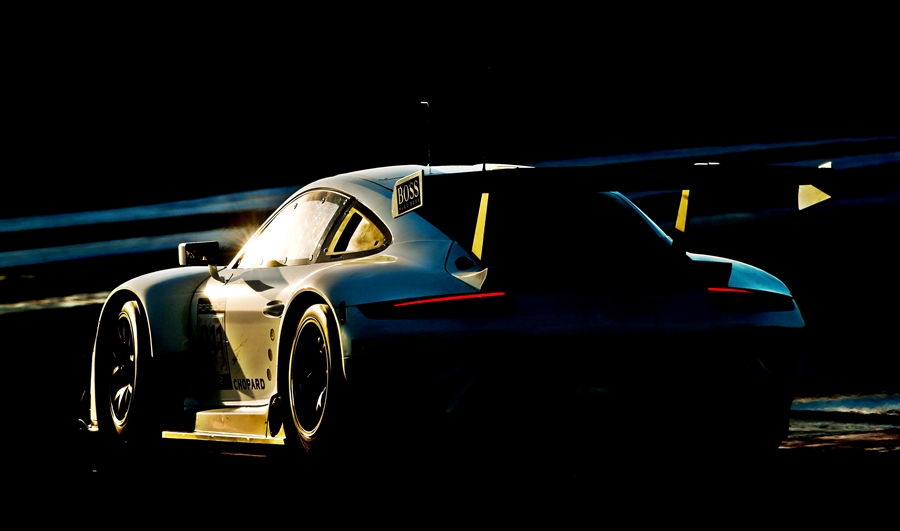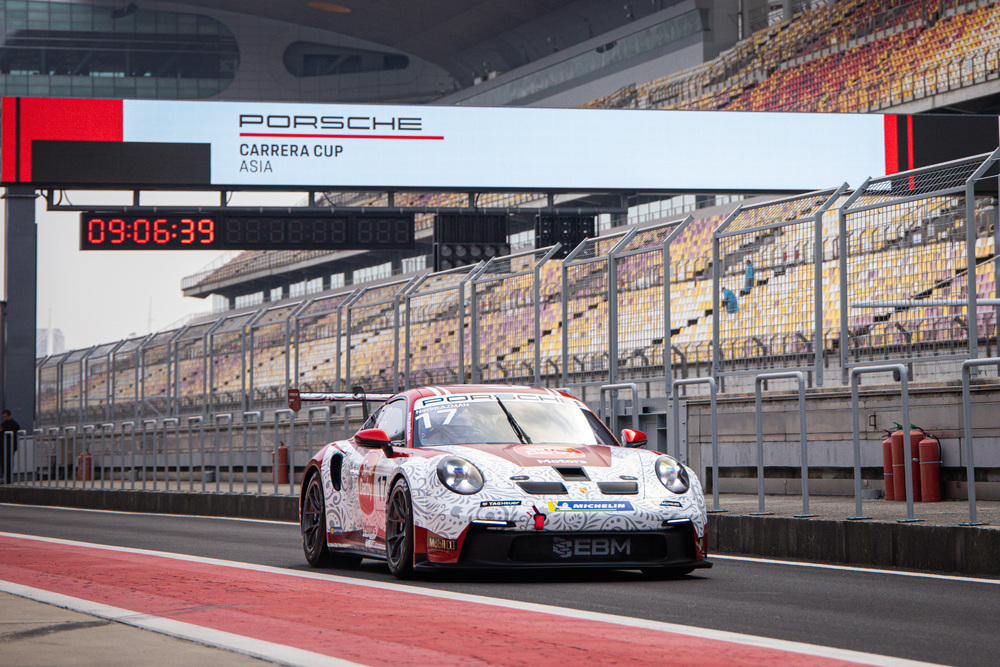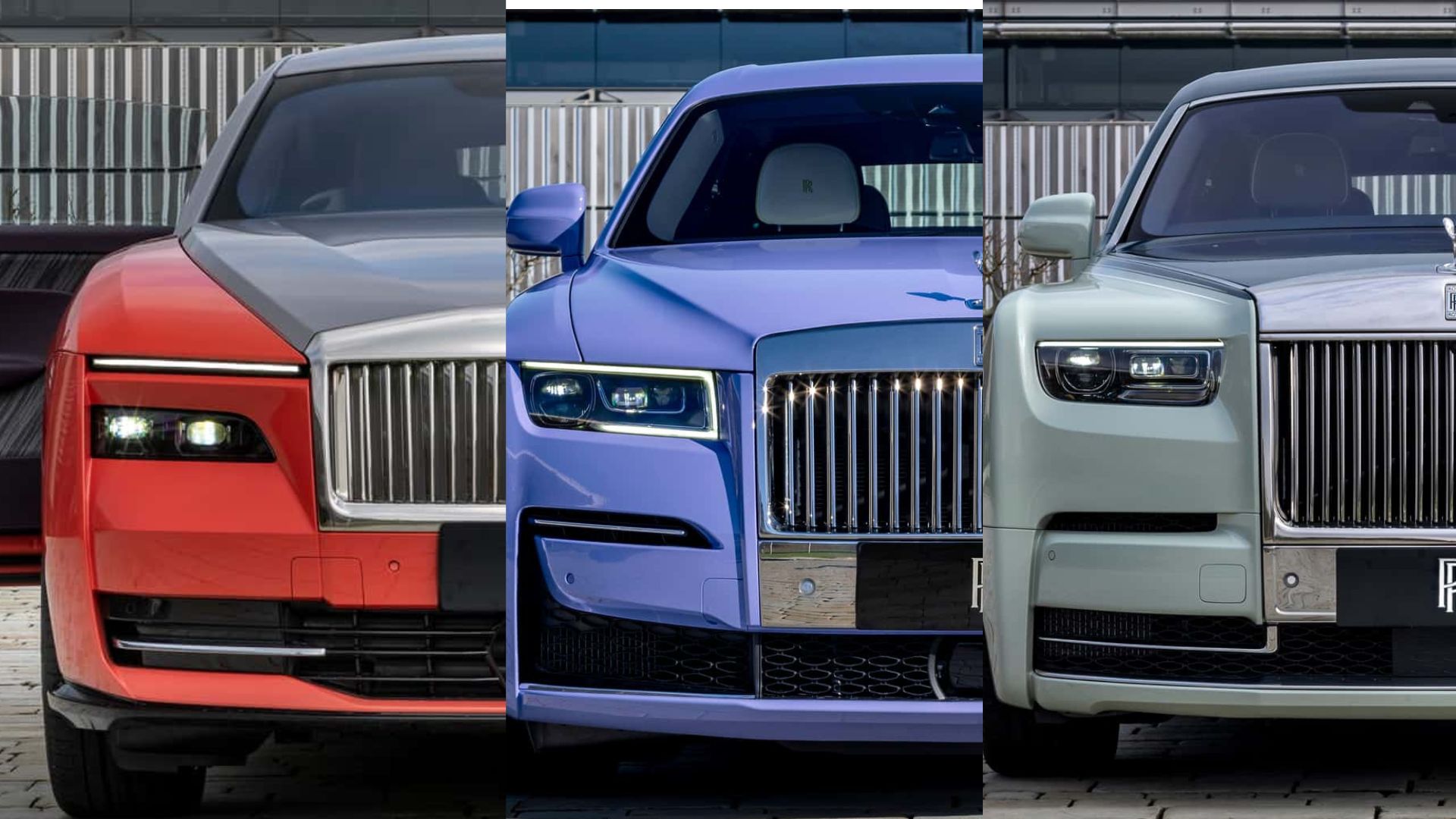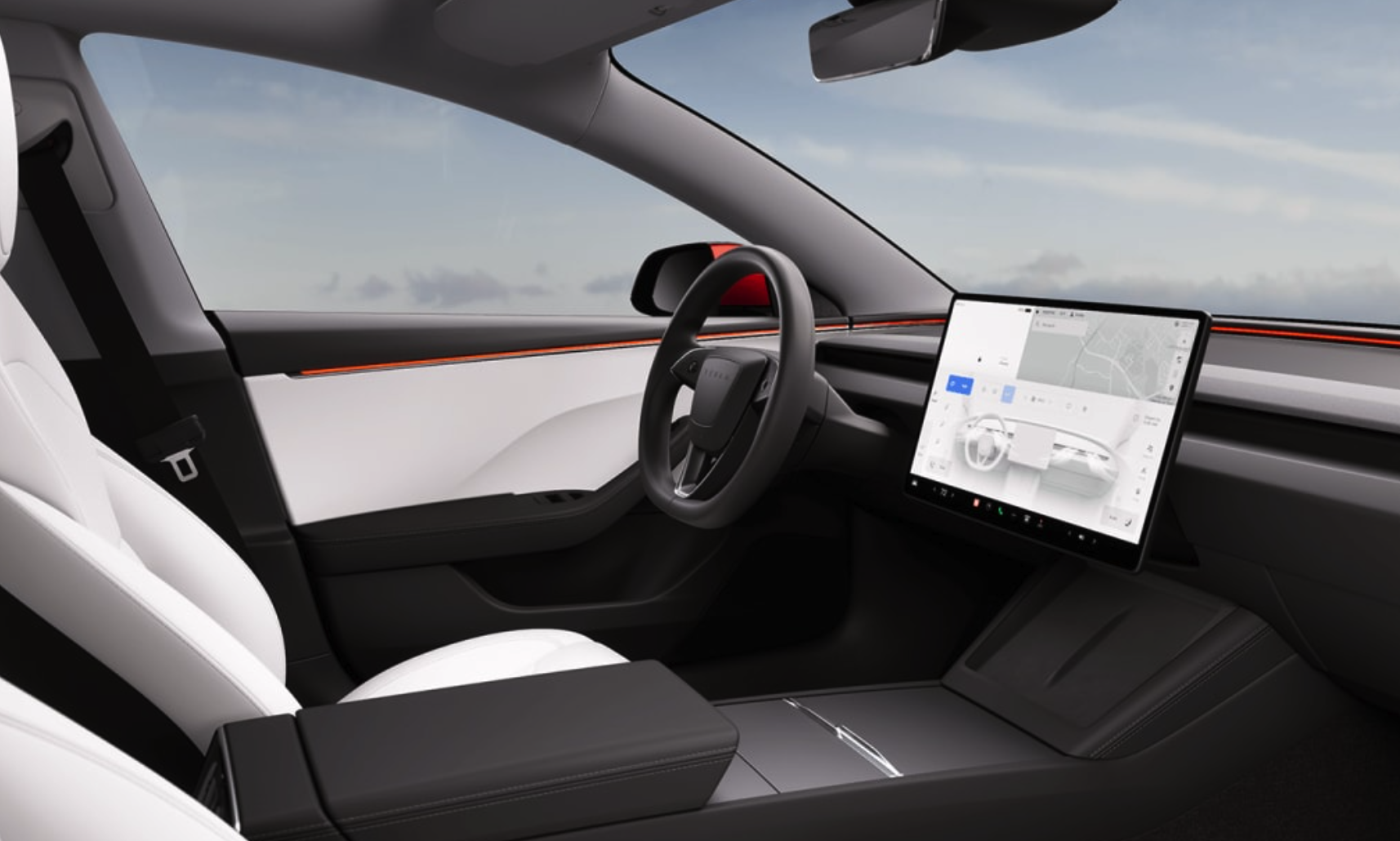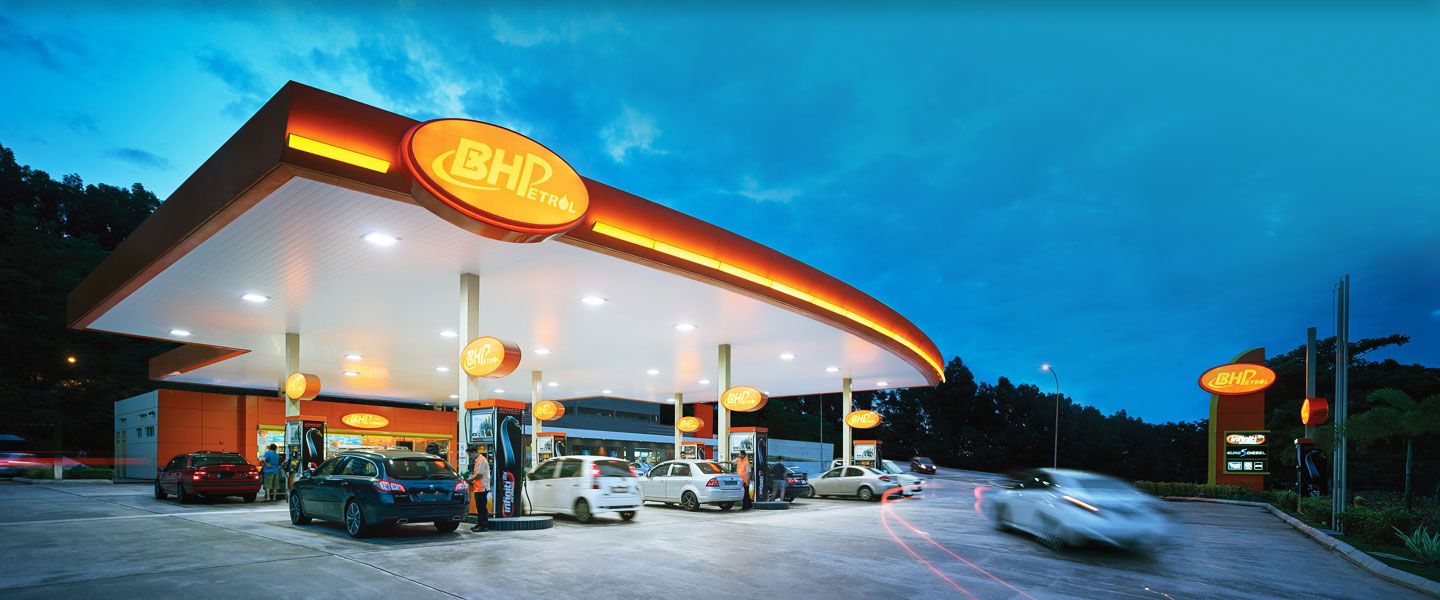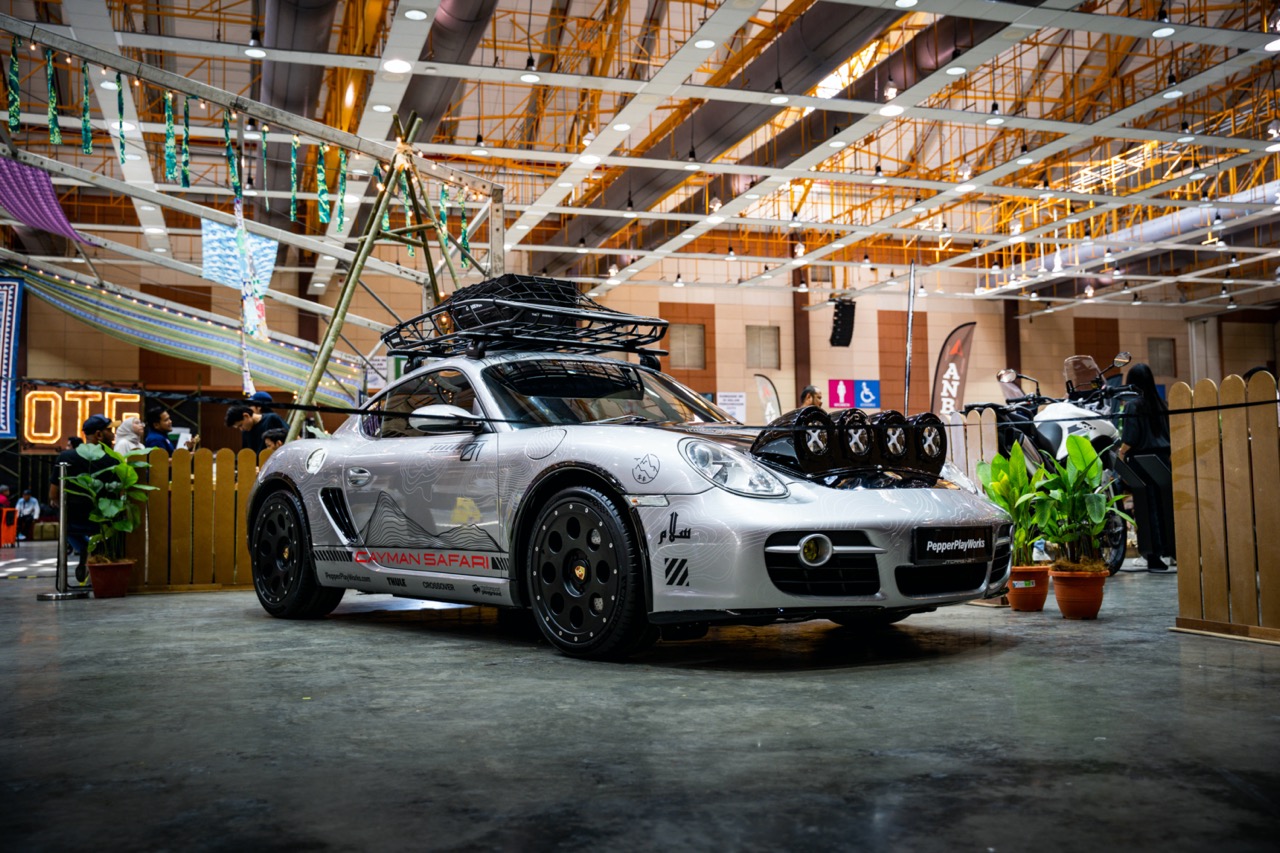The brand-new Porsche 911 RSR – the most spectacular 911 of all time – is ready to defend its World Endurance Championship (WEC) title. In developing the new Porsche 911 RSR, substantial insights were garnered and adopted from the extremely successful race outings of its predecessor.
“Since 2017, the 911 RSR has yielded us more than 20 class wins in the world championship as well as at long-distance series in North America and Europe. Our job in the development was to make a very good car even better. The engineers at Weissach have perfectly implemented this in every aspect,” says Fritz Enzinger, Vice-President Porsche Motorsport.
“We never rest on our laurels,” added Pascal Zurlinden, Director GT Factory Motorsport, explaining that the development team extensively analysed all factory and customer campaigns with the 911 RSR. “Our engineers noticed room for improvement in a number of areas. We have made significant progress in the development of our car for the next three-year homologation period, especially in the complex areas of driveability, efficiency, durability and serviceability. 95% percent of the car is new. The only components that we’ve kept unchanged from the predecessor are the headlights, brake system, clutch, driver’s seat and parts of the suspension. Tests so far have run excellently. We’re already looking forward to the first races of the 2019/2020 FIA WEC season.”
Biggest boxer engine in a 911 ex-works
In terms of the drivetrain, Porsche remains faithful to its chosen path. The latest 911 is also powered by a 6-cylinder naturally aspirated engine. The highly efficient boxer unit positioned in front of the rear axle has a displacement of 4194 cc and – depending on the size of the restrictor – produces around 515 bhp.
The new power unit is the largest ever boxer engine to be mounted in a 911 ex-works, and offers even better driveability over a wider rev-band compared to the predecessor’s proven 4-litre aggregate. Power is delivered to the rear wheels via a weight-optimised, more rigid sequential six-speed constant-mesh gearbox.
The new powertrain ensures faster gearshift times and increased efficiency. The two exhaust pipes now exit on each side in front of the rear wheels. The new exhaust gas ducting saves weight and is aerodynamically advantageous.
With the repositioning of the tailpipes, space has been made for an optimised diffuser. The distinctive component at the rear now generates even more downforce. Thanks to the optimisation of airflow at the front and the sides, aerodynamic efficiency and stability have increased significantly, thereby further improving the use and durability of the tyres during racing.
Improvements for usability in long-distance racing
Driveability and serviceability are critical factors in long-distance racing. For this reason, Porsche placed particular emphasis on these aspects when developing the new 911 RSR. The cockpit has been reworked with the focus on better usability.
In this regard, extensive feedback from the Porsche drivers proved invaluable. Like with the predecessor, the body made of carbonfibre reinforced plastic can be swapped out quickly and thus ensures efficient pit processes in long-distance racing.
To give drivers added protection, the active and passive safety elements in the 911 RSR have been improved. The proven collision warning system allows drivers an even better overview to detect other approaching cars early enough. The optimised roll cage, the FIA side impact panel in the door and cage as well as additional impact protection for the legs improve the passive safety in the event of an accident. Other features include the removable roof hatch and the rigidly-mounted racing seat featuring a 6-point safety harness for the driver.


